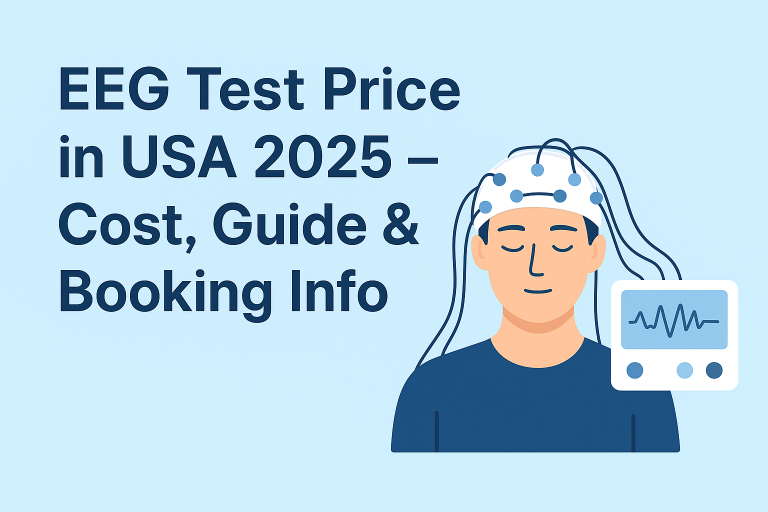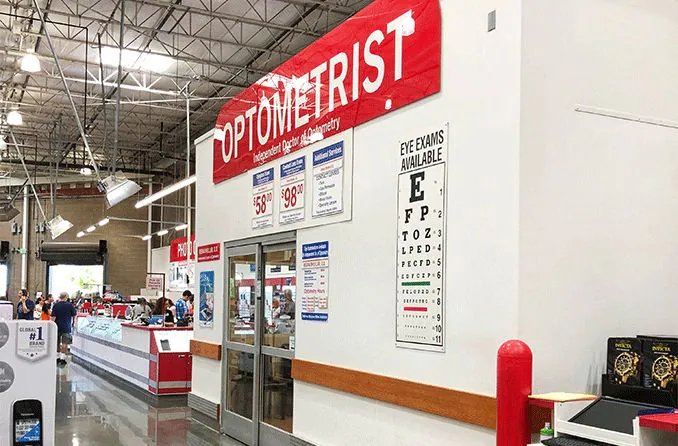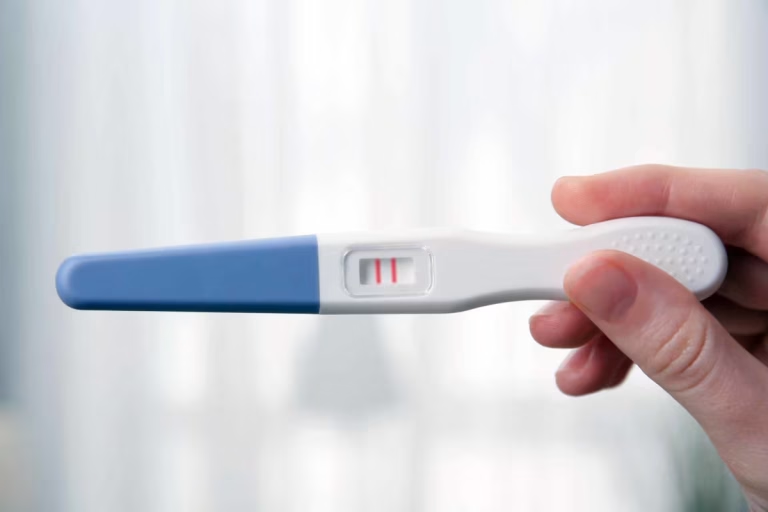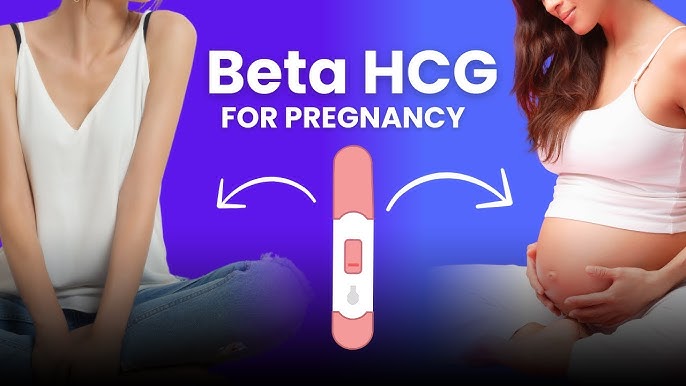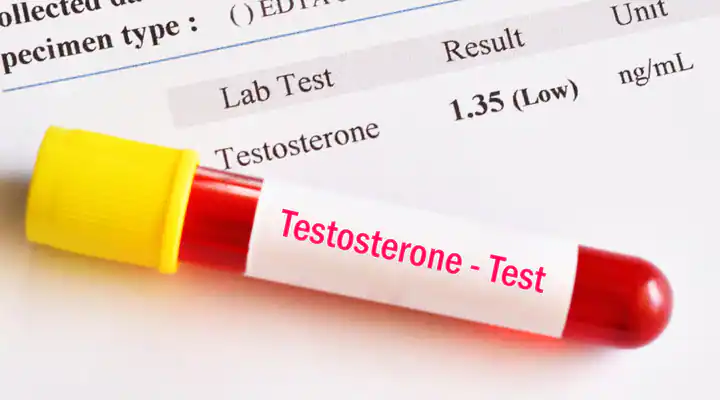Eye Test Price in USA 2025 – Cost Breakdown, Insurance & Booking Info
Regular eye exams are vital for maintaining optimal vision and detecting potential health issues early, such as glaucoma, cataracts, or even systemic conditions like diabetes. In the USA, the eye test price in 2025 can vary significantly based on the type of exam, the provider (e.g., retail vision centers, optometrists, or ophthalmologists), and whether you have vision insurance. Costs typically range from $50 for a basic vision test to $250 for a comprehensive exam, with additional fees for specialized services like contact lens fittings or retinal imaging. This guide provides a detailed breakdown of eye test prices in the USA for 2025, explains what a standard eye exam includes, addresses cost differences with and without insurance, and offers clear instructions for booking and preparing for your appointment. Optimized for readability and mobile viewing, this resource ensures you have all the information needed to make informed decisions about your eye care.
Eye Test Price in USA – 2025
The cost of eye tests in 2025 varies depending on the type of exam, the provider, and your location. Below is a table summarizing the average prices for common eye tests, insurance coverage, and preparation requirements:
| Type of Eye Exam | Average Price (Without Insurance) | Covered by Insurance? | Preparation Required |
| Basic Vision Test | $50 – $100 | Sometimes | No prep |
| Comprehensive Eye Exam | $100 – $250 | Yes | Bring glasses/contacts |
| Contact Lens Fitting | $100 – $250 | Not always | Wear contact lenses, avoid eye makeup |
| Retinal Imaging / Dilated Exam | $25 – $100 (extra) | Sometimes | No driving after test |
Types of Eye Tests Explained
- Basic Vision Test ($50–$100):
This test focuses on assessing visual acuity, typically involving reading an eye chart to check for nearsightedness, farsightedness, or astigmatism. It may also include a refraction test to determine your prescription for glasses or contact lenses. This is the most affordable option and is often offered at retail vision centers like Walmart Vision or Costco Optical. - Comprehensive Eye Exam ($100–$250):
A comprehensive exam includes all components of a basic vision test plus additional evaluations of eye health. Tests may include checking eye pressure for glaucoma, examining the retina and optic nerve for diseases, and assessing eye coordination. This exam is recommended annually for most adults to ensure early detection of eye conditions (American Optometric Association). - Contact Lens Fitting ($100–$250):
This service is for individuals seeking contact lenses. It involves additional tests to measure the curvature of the cornea and ensure the lenses fit comfortably and safely. The cost varies depending on the complexity of the fitting and the type of lenses prescribed. Not all vision insurance plans cover this service fully. - Retinal Imaging / Dilated Exam ($25–$100 extra):
Often an add-on to a comprehensive exam, retinal imaging uses advanced technology to capture detailed images of the retina, while a dilated exam involves using eye drops to widen the pupils for a thorough view of the back of the eye. These tests help detect conditions like macular degeneration or diabetic retinopathy but may cause temporary blurred vision, requiring transportation arrangements.
These vision exam cost estimates are based on 2025 data from sources like CareCredit and Clark.com. Prices can be lower at retail chains (e.g., America’s Best at $69) compared to independent optometrists, where costs may reach $250 in high-cost areas.
What is Included in a Standard Eye Exam?
A standard comprehensive eye exam typically includes several key components to assess both vision and eye health:
- Visual Acuity Test: Measures how clearly you see at various distances using an eye chart.
- Refraction Test: Determines your prescription for glasses or contact lenses using a phoropter to test different lens strengths.
- Eye Health Evaluation: Checks for signs of eye diseases like glaucoma, cataracts, or macular degeneration through tests like tonometry (eye pressure) or slit-lamp examination.
- Eye Coordination and Movement: Assesses how well your eyes work together and track objects.
- Pupil Response and Color Vision: Tests how your pupils react to light and your ability to distinguish colors.
Optional tests, such as retinal imaging or pupil dilation, may be recommended based on your health history or risk factors. These additional tests can increase the eye checkup fee but provide valuable insights into your eye health (Pearle Vision).
Insurance and Out-of-Pocket Cost Considerations
The optometrist appointment USA cost can be significantly reduced with vision insurance. Most plans, including those from providers like VSP or EyeMed, cover routine eye exams annually or biannually, often with a small copay (e.g., $25, as noted by CareCredit). However, coverage for additional services like contact lens fittings or retinal imaging varies. For example:
- Basic Vision Test: Sometimes covered, especially for children or as part of workplace screenings.
- Comprehensive Eye Exam: Typically covered with a copay, as it’s considered preventative care.
- Contact Lens Fitting: Not always covered, as it’s considered a specialized service.
- Retinal Imaging / Dilated Exam: Coverage depends on the plan and medical necessity.
Without insurance, the average cost of a comprehensive eye exam is around $95–$136, with some providers charging up to $250 (Warby Parker). Retail vision centers like America’s Best offer deals, such as free exams with the purchase of two pairs of glasses for $89.95 (America’s Best). For those without insurance, programs like those offered by the National Eye Institute can provide free or low-cost eye care for eligible individuals.
To minimize costs, compare prices on provider websites or use platforms like Zocdoc or Healthgrades to find affordable options near you.
How to Book an Eye Test in the USA
Booking an eye test in 2025 is simple and can be done online or by phone. Follow these steps:
- Choose a Provider: Select a retail vision center (e.g., LensCrafters, Walmart Vision), an independent optometrist, or an ophthalmologist based on cost, location, and insurance acceptance.
- Verify Insurance Coverage: Contact your insurance provider or the vision center to confirm if your plan is accepted and what services are covered.
- Schedule the Appointment: Visit the provider’s website (e.g., LensCrafters, Target Optical) or call their customer service number to book. For example:
- LensCrafters: (877) 753-6727
- America’s Best: (800) 411-1162
- Walmart Vision or Costco Optical: Contact local stores, as numbers vary.
- Select the Test Type: Specify whether you need a basic vision test, comprehensive exam, or contact lens fitting.
- Confirm Details: Provide patient information, insurance details, and confirm the date, time, and payment options.
Many providers, like Pearle Vision, offer online scheduling through their patient portals, making it convenient to book eye test online (Pearle Vision).
Test Preparation Guidelines
Proper preparation ensures accurate results during your eye exam. Follow these guidelines:
- Bring Current Glasses or Contact Lenses: This allows the doctor to compare your current prescription with any changes in your vision (America’s Best).
- Know Your Vision History: Be ready to discuss any vision changes, previous eye conditions, or family history of eye diseases to help the doctor tailor the exam.
- Avoid Eye Makeup for Contact Lens Fitting: Makeup can interfere with the fitting process, so it’s best to skip it on the day of your appointment.
- Arrange Transportation for Dilated Exams: If your exam includes pupil dilation, your vision may be blurry for several hours, making driving unsafe. Arrange for a ride home (All About Vision).
These eye care near me preparation tips help ensure a thorough and accurate exam, maximizing the benefits of your visit.
Frequently Asked Questions (FAQs)
Q1: How much does an eye test cost in the USA without insurance?
A: On average, a basic vision test costs $50–$100, while a comprehensive eye exam ranges from $100–$250. Additional services like contact lens fittings or retinal imaging may cost $25–$250 extra, depending on the provider (Clark.com).
Q2: Is an eye test covered by vision insurance?
A: Most vision insurance plans cover routine eye exams annually or biannually, often with a small copay (e.g., $25). Coverage for contact lens fittings or specialized tests like retinal imaging may vary, so check with your provider (Humana).
Q3: Do I need a separate appointment for contact lenses?
A: Yes, contact lens fittings typically require a separate appointment due to additional tests needed to ensure proper fit and comfort. These can cost $100–$250 extra (Nationwide Vision).
Q4: How long does an eye test take?
A: A typical eye exam takes 30–60 minutes, depending on the tests performed and whether additional services like contact lens fittings are included (All About Vision).
Q5: Can I drive after an eye dilation test?
A: It’s not recommended to drive after a dilated exam, as your vision may be blurry and sensitive to light for several hours. Arrange for someone to drive you home (Pearle Vision).
Conclusion
Regular eye exams are a critical part of maintaining good vision and overall health. In 2025, the eye test price in the USA ranges from $50 for a basic vision test to $250 for a comprehensive exam, with additional costs for services like contact lens fittings or retinal imaging. Vision insurance can significantly reduce these costs, often covering routine exams with minimal out-of-pocket expenses. Booking an eye test is easy through provider websites or by phone, and proper preparation ensures accurate results. Whether you choose a retail vision center like America’s Best or an independent optometrist, this guide provides the tools to navigate your eye care journey confidently. For more information or to schedule an appointment, visit trusted providers like LensCrafters or America’s Best.

